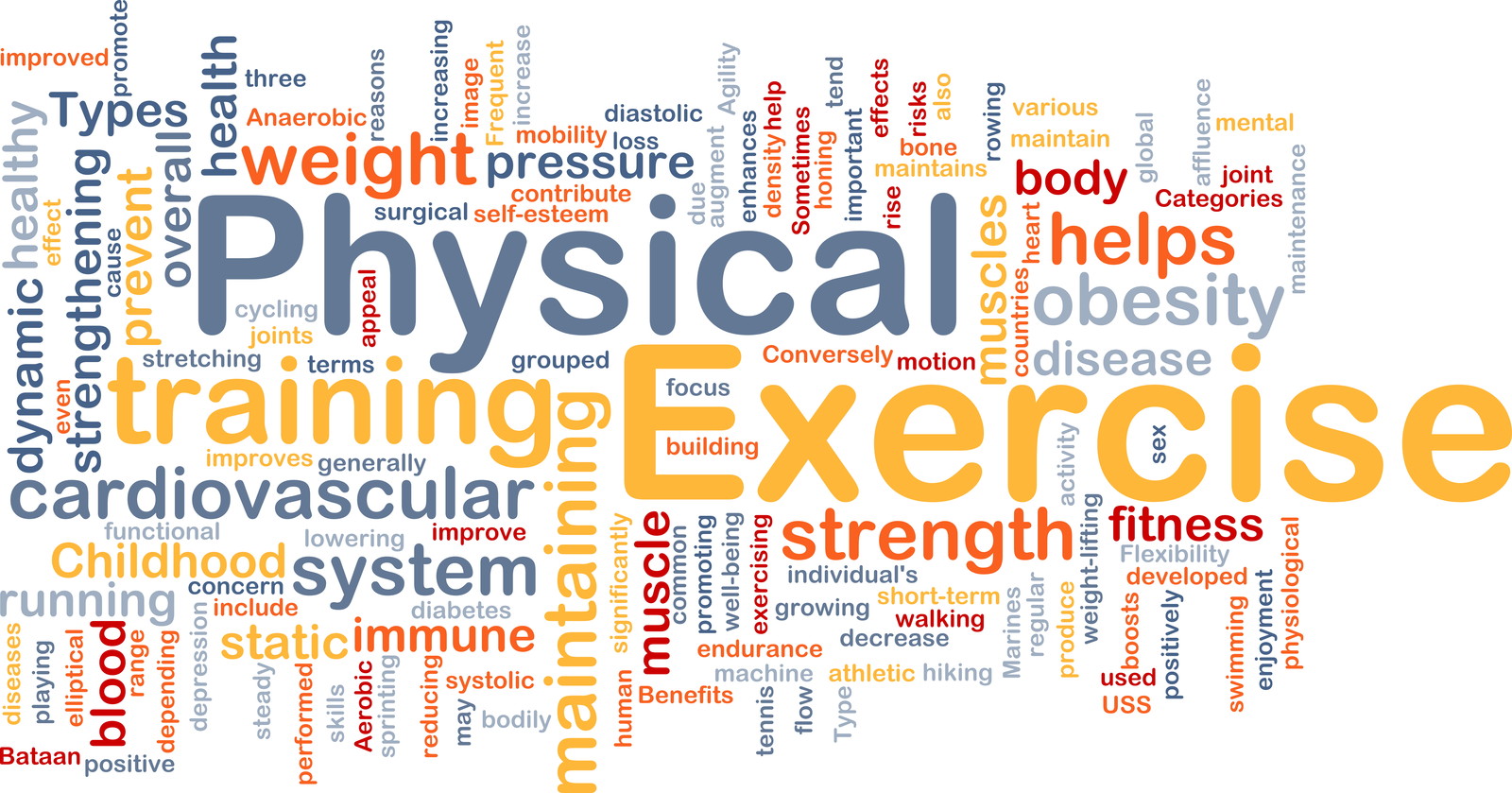Imagine settling in to watch a captivating documentary, only to discover, to your dismay, that the sound isn’t working. You can see the visuals unfold beautifully, but without the accompanying audio, it feels like a crucial piece of the puzzle is missing. Enter transcription, swooping in like a superhero—it ensures that vital dialogues and information are preserved in written form. It bridges the gap, allowing everyone—regardless of hearing ability—to fully engage with content. What a transformative change! To expand your knowledge on the subject, we’ve carefully selected an external related resource site for you. transcrever video do youtube em texto, investigate fresh viewpoints and supplementary information on the topic discussed in this piece.
Transcription reshapes our interaction with video content. It’s not merely about converting audio to text; it’s about ensuring that everyone can access information in the way that suits them best. That is truly empowering! For those who are deaf or hard of hearing, transcription guarantees that they can absorb the same wealth of information as their hearing counterparts. In the act of sharing stories, experiences, and knowledge, transcription cultivates a culture of inclusivity and mutual understanding.
Creating Community Through Accessibility
By providing captions or full transcripts alongside videos, content creators can reach a wider audience, uniting individuals from varied backgrounds and abilities. Here’s how transcription fosters that vibrant sense of community:







